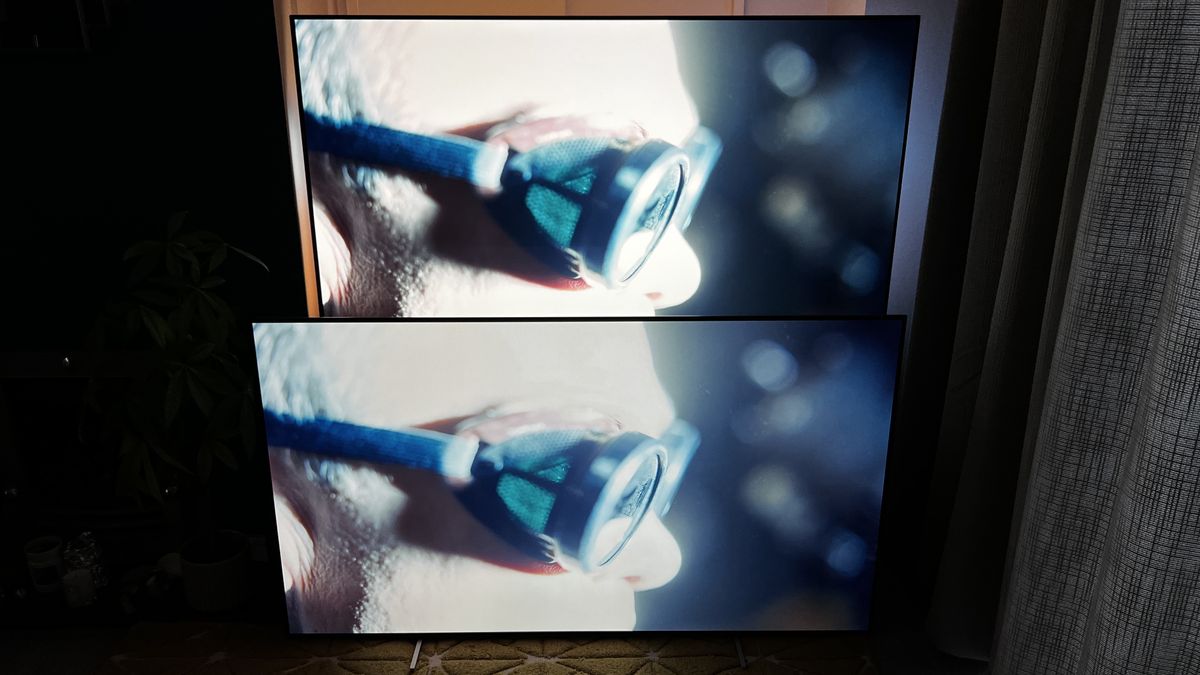This yr, I swapped my 2021-era mid-range OLED TV for a mannequin new 2024 mid-range mannequin from the same producer – a like-for-like swap. I switched from a Philips OLED806 to a Philips OLED809 on account of I’m a sucker for Philips’ magnificent Ambilight tech. (US readers: sorry, Philips’ OLED TVs aren’t obtainable there.)
Given the recognition of the LG C1 OLED TV notably, which topped our tips of the greatest OLED TVs in 2021, I anticipate that there usually is a load of individuals accessible available on the market thinking about making the same type of swap. It has been a number of years, the TV know-how works notably quick – there should be some good upgrades, right?
That is true, and I like my new TV – nonetheless it’s not fairly clear lower to say that everybody else will truly actually really feel the same relating to the improve. Among the many many modifications are sufficiently delicate that folks is not going to truly actually really feel they’re undoubtedly positively well worth the improve, and a few factors have not modified in the least. So let me allow you to notice six conclusions that stood out to me from evaluating my outdated TV to my new one.
1. I had no burn-in factors
Okay, this is not actually a comparability of the TVs, nonetheless it’s value mentioning anyway since a lot of persons are nonetheless beneath the impression that OLED TVs develop burn-in quickly. My outdated TV from 2021 logged 3,700 hours of use and had zero indicators of any picture ghosting, pixel elements, or one thing like that.
That choices collaborating in quite a few video video video games and watching sports activities actions actions; ie, factors which are liable to depart logos on the present for a extremely very very long time, and supply the prospect of burn-in occurring.
Evidently OLED know-how and processing have developed one completely different three years since the TV that did not have any burn-in factors, and it is even lots a lot much less liable to occur in new gadgets.
2. The brightness enhance is exact, nonetheless it’s furthermore further refined than you may hope
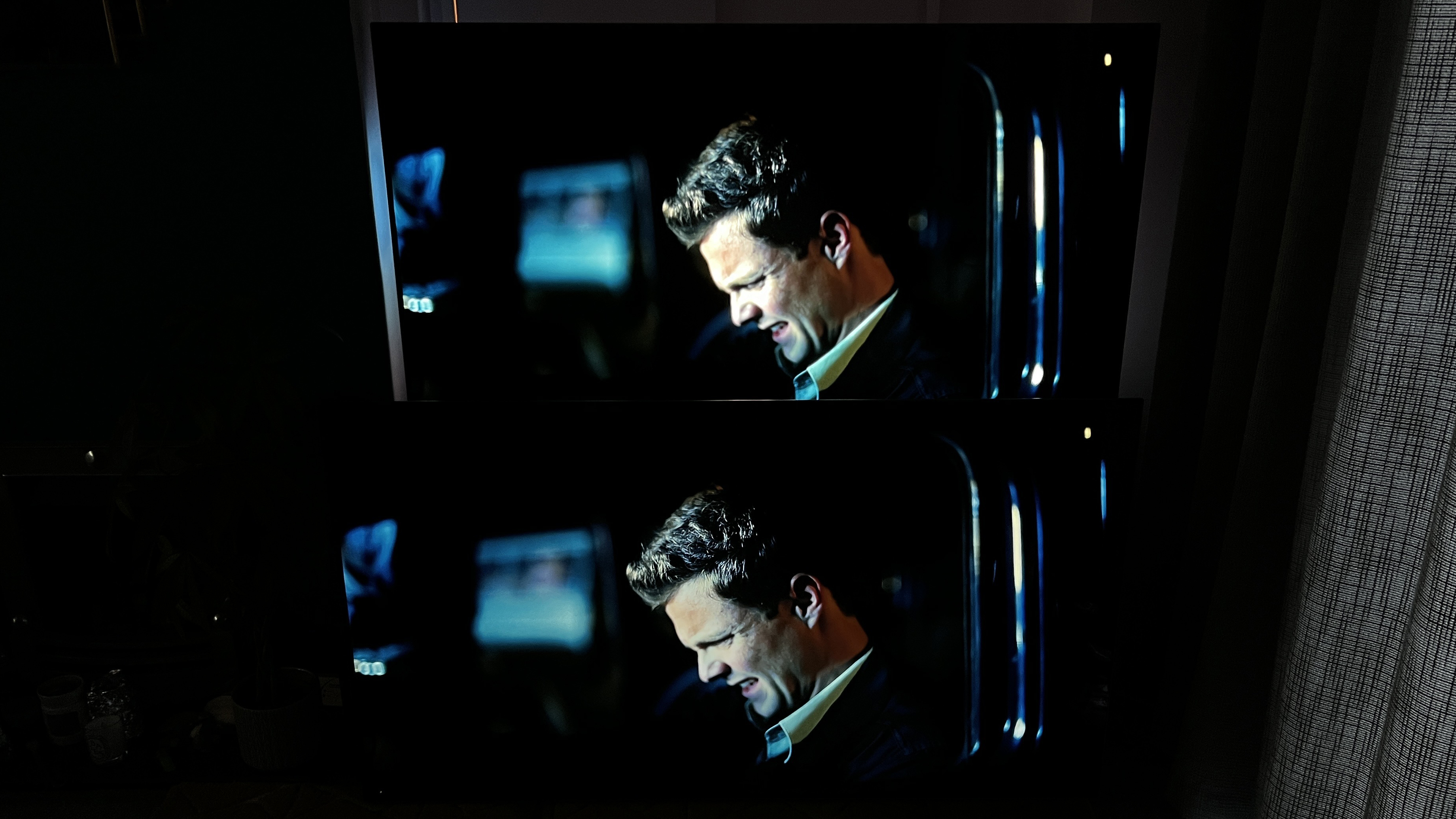
The Philips OLED806 was able to spherical 750 nits of peak HDR brightness (in a ten% window), whereas we have got measured the Philips OLED809 at between 930-1090 nits, relying on the mode you are in.
Even on the decrease finish of the OLED809’s zone, that is higher than a 20% improve in HDR brightness, and it is terribly apparent for these shiny HDR highlights when the TVs are subsequent to 1 one different. White tones mustn’t solely tons brighter, they appear purer – and the additional distinction makes the darkish tones look even inkier.
Would I uncover this distinction throughout the event that they weren’t subsequent to 1 one different? Sure, I am assured I would, nonetheless doing so is unquestionably my job. I managed to appropriately guess the brightness of the LG C4 after I noticed it in a demo room at CES 2024. I’m not widespread – for most individuals, it is not a revelatory step up in brightness.
You may even see this extra all through the picture beneath, which depends upon further on fullscreen brightness, which continues to be low on OLED TVs. The fur on the OLED809 has a barely richer golden hue from its additional brightness, nonetheless in each different case, there’s little principal distinction.
For people who’ve been to go from a 2021 OLED TV to one among immediately’s higher-end OLEDs – the Samsung S95D, the LG G4, the Panasonic Z95A, or Philips’ OLED909 – you then would see a clearer leap in brightness of every kind.
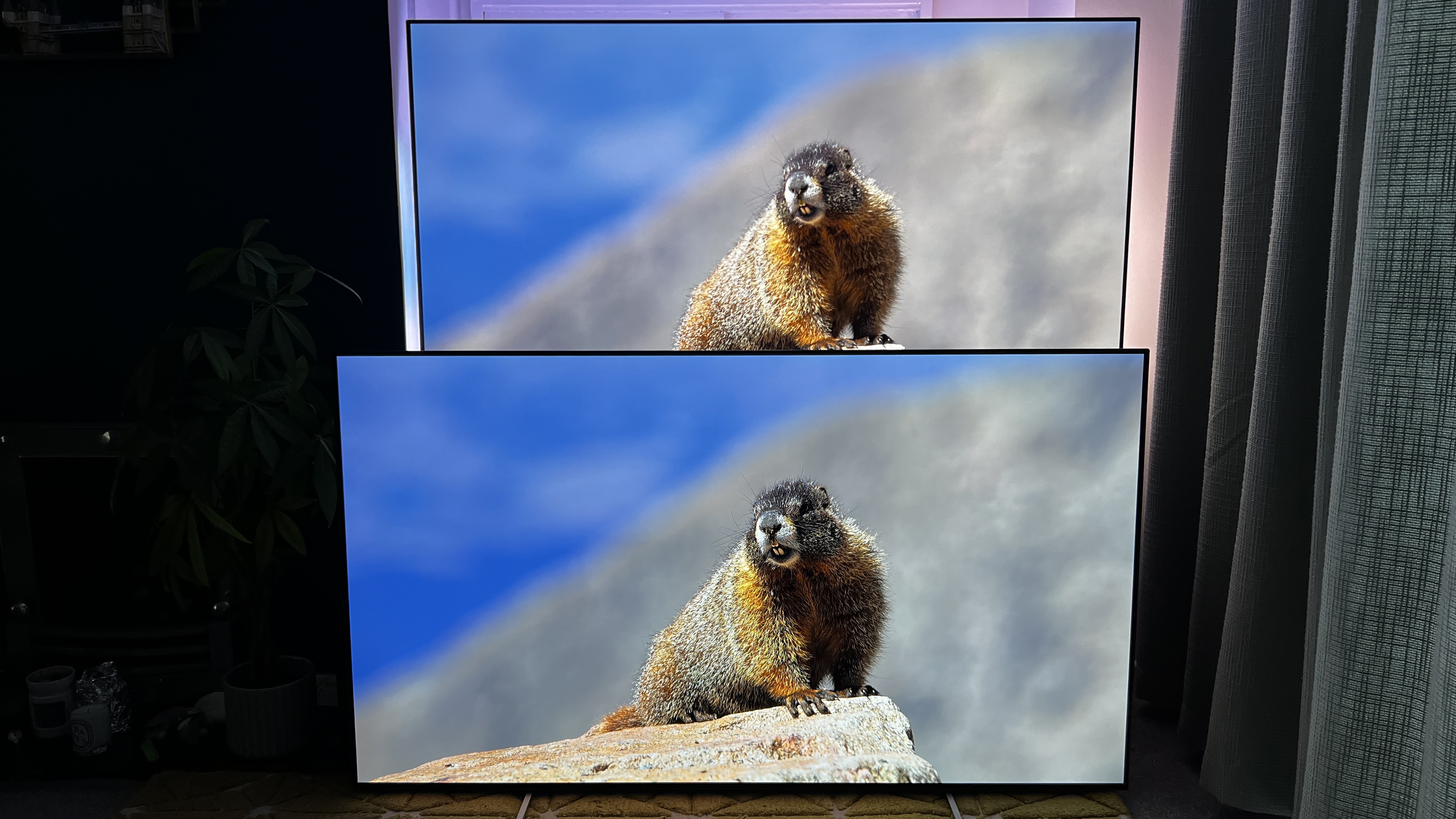
3. You will nonetheless need exact audio system should you are an important film fan
Increasingly further processing goes into the audio of mid-range TVs, notably spherical guaranteeing that dialogue readability is evident and sound positions match the motion of factors on-screen. And these have improved vastly over the meager audio of reasonably priced gadgets from a number of years before now.
In our evaluation of the Philips OLED809, we gave it a excessive sound rating, on account of the TV gives attractive weight to the bass and readability to the general sound combine.
Nonetheless that may very well be a excessive rating as in contrast with completely completely different built-in TV audio system. They do not protect a candle to a good-size soundbar, to not level out a full dwelling theater speaker array. In contrast with one amongst many greatest soundbars with a sub and rear audio system, immediately’s mid-range TVs will all nonetheless come all by as skinny, constrained to the TV present, and missing in exact depth.
4. Good TV software program program program has come an unimaginable distance
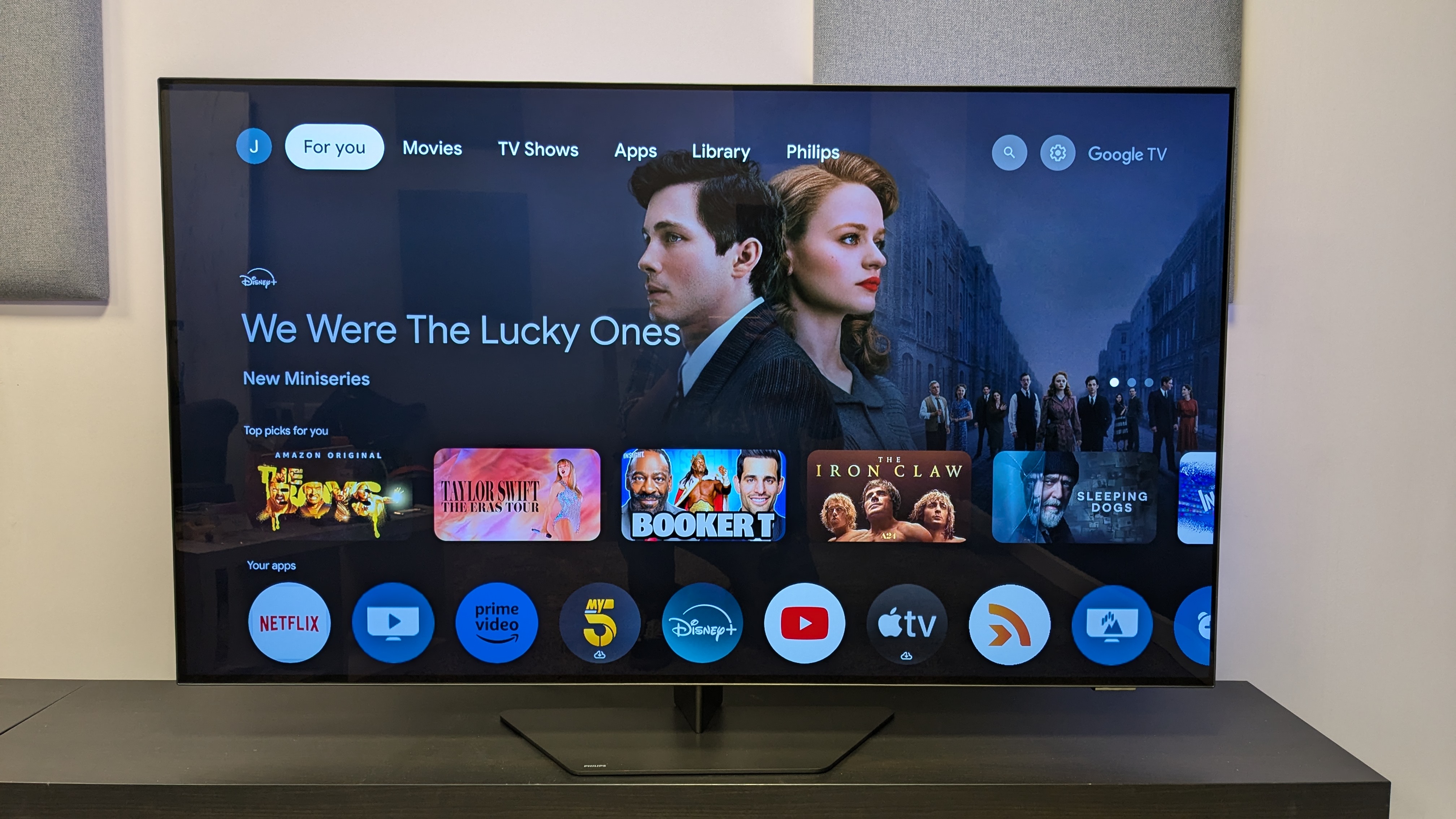
My outdated TV was an Android TV, and whereas it labored top of the range, it was not slick. My new TV is powered by Google TV, and it is a whole lot quicker, simpler to make the most of, and higher at serving to me uncover what I would love.
The same is true of TVs from completely completely different makers, too – the mannequin new software program program program all through the LG C4 as in contrast with the LG C1 is a giant leap in usability, together with feeling further responsive. Samsung‘s Tizen platform has furthermore developed a whole lot in three years, and there is a new look rolling out to TVs now.
It isn’t relating to the entry to the apps – that is primarily the same. But it surely absolutely completely feels a whole lot lots a lot much less resembling you might be battling with TV software program program program to get to what you need.
5. Reflections are nonetheless a problem
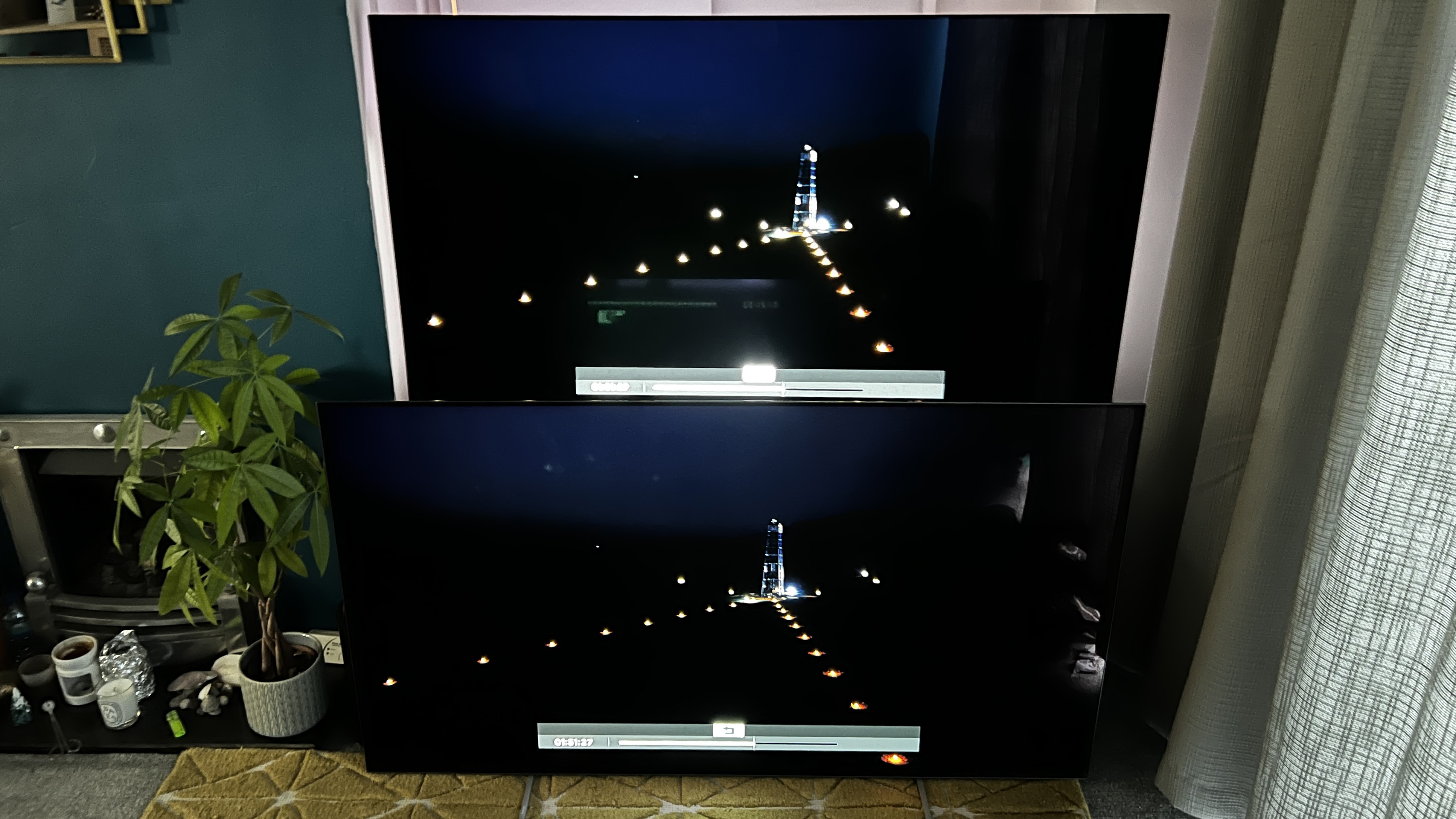
The proper-end OLED TVs have reflection low price utilized sciences. The Samsung S95D has a matte ‘OLED Glare Free’ coating to dissipate reflections that may very well be a revelation, and earned it our ‘TV of the Yr’ award; the LG G4 and Philips OLED909 have a polarizer that reduces the depth of mirrored lights.
Mid-range OLED TVs don’t get any of this. They’ve the same shiny screens they’ve had for years, that are good for vibrant colours and super-deep black tones, nonetheless not so good for reflections. And since mid-range OLEDs immediately nonetheless haven’t obtained very excessive fullscreen brightness, reflections may very well be fairly seen in any type of viewing, should you are in a vivid room.
This might not primarily be a dealbreaker for folks – it is not for me, and my TV is true by an infinite window – nonetheless it’s positively an ongoing flaw.
6. You almost certainly will not be searching for a like-for-like improve
So, I’ve run by means of the core factors I’ve seen, and my conclusion for most individuals who obtained a mid-range OLED TV in 2021 – whether or not or not or not that may very well be a Philips OLED806 like me or an LG C1 – is that you simply simply most definitely needn’t improve to a like-for-like 2024 mannequin. Sure, your TV may very well be higher – nonetheless it’s not going to be mind-blowing higher, and OLED nonetheless prices costs that will make you want a mind-blowing improve.
That may very well be a little bit little bit of utterly completely completely different should you obtain the cheaper LG B1 or LG A1; stepping as lots as immediately’s mid-range OLED TVs would almost double the brightness of these gadgets, and as well as you’d 100% uncover that. That can truly actually really feel like a giant change.
And should you swapped from a mid-range 2021 OLED to a high-end 2024 OLED, you’d as quickly as further see almost a 100% improve in brightness for a giant seen improve (plus you’d get anti-reflection tech).
